Calcium is a very important nutrient in the human body, it is known for how it helps maintain and build our bones. However, it is also critical in blood pressure regulation, muscle contractions, nerve transmissions, and even blood clotting.
The RDI for calcium is 1,000 mg each day for an adult, which rises to 1,200 mg for those over 50 and 1,300 for those between 4 and 18 years old.
However, most of us still do not meet these requirements, including those of us who are vegan. If you are like me and you are vegan, avoiding meat and dairy, you might be wondering how on earth you can get enough calcium in your diet.
The truth is there are many plant foods that actually contain calcium, and if you tailor your diet the right way, you can get all the calcium you need without even needing to think about an animal product.
So, here are 11 ways you, me, or any other vegan, can’t get enough calcium into their body.
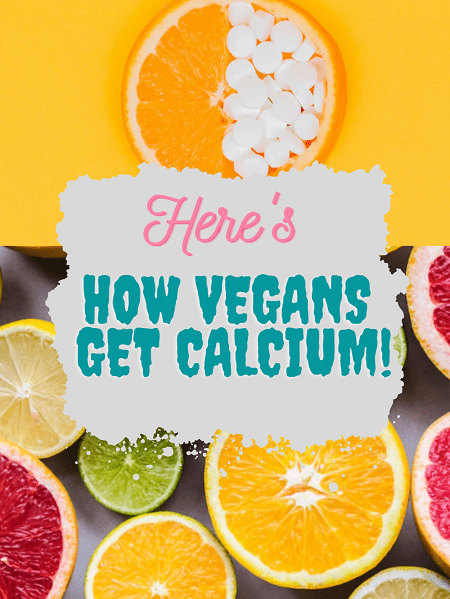
#1. Soy
Soybeans contain quite a lot of calcium, a single cup of cooked soybeans will give you 18.5% of the recommended amount. But if you were to use a single cup of edamame beans you would get 27.6% of the RDI!
Food like tofu, natto, and tempeh is all made from soybeans and can give you some calcium. Tofu with calcium phosphate will have 350 mg for every 3.5 oz, Tempeh made from fermented soybeans can give you 3.5 oz per serving, giving you 11% of the RDI, natto gives you twice this.
Soy foods which are minimally processed will also be high in vitamins, fiber, and minerals, and they are also a complete protein source too, as they offer decent amounts of all nine essential amino acids.
#2. Lentils, Beans, & Peas
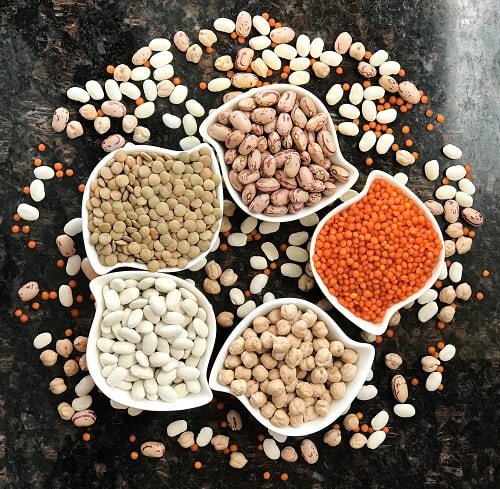
Beans and lentils are rich in protein and in fiber, but they are also high in calcium too. There are some beans and lentils that contain super high levels, such as these:
- Black beans – 11% RDI
- Chickpeas – 9% RDI
- Kidney beans – 7% RDI
- Lentils – 4% RDI
- White beans – 13% RDI
- Winged beans – 26% RDI
Beans and lentils are also usually rich in other nutrients, including zinc, iron, folate, potassium, and magnesium. Sadly though, they also tend to contain lectins and phytates which are antinutrients and lower the body’s ability to absorb other nutrients.
If you soak, sprout, and ferment the lentils and beans, it can lower the levels of antinutrients which will make them much more absorbable.
#3. Nuts
All nuts will have a small amount of calcium in them, however, almonds are very rich in calcium giving 35 grams per ¼ cup, which is around 10% of the RDI. Brazil nuts are in second place with 6% of the RDI per ¼ cup, and pistachios, macadamia, walnuts, and hazelnuts all give around 2 to 3% of the RDI per ¼ cup.
Nuts are similarly good sources of healthy fats, protein, and fiber. They are also high in antioxidants and contain a lot of good B vitamins, as well as Vitamins K and E, potassium, copper, selenium, and magnesium.
#4. Seeds
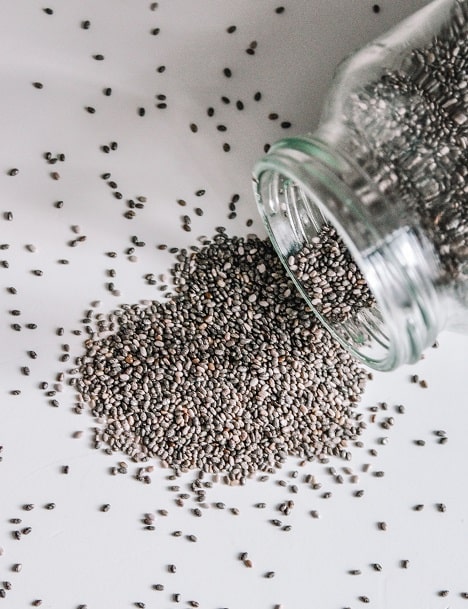
Seeds and seed-based butters are also very good sources of calcium, however, the amount of calcium that they contain will depend on the variety of seeds.
Tahini, which is a butter made from sesame seeds, contains 130 mg of calcium per 2 tablespoons which is 13% of the RDI. if you were to use the same quantity of sesame seeds on its own this would be 2% of the RDI.
Flax and chia seeds also have fair amounts, giving a good 5 to 6% of the RDI for every 2 tablespoons.
Seeds also provide protein, vitamins, minerals, fiber, and healthy fats.
#5. Grains
Grains are not often known for calcium, however, some grains do contain significant amounts. Amaranth and teff can give you 12% of the RDI for every cooked cup. Both are also rich in fiber and can be mixed into different dishes.
#6. Surprisingly Seaweed
View this post on Instagram
Introducing seaweed into your diet is a great way to increase your calcium levels. Wakame is a type often eaten raw and can give you 12% of the RDi per cup, and can be found in most Asian supermarkets.
Kelp can be eaten dried or raw will give you around 14% of the RDI, and can be mixed into salads and main dishes, and even ramen.
Seaweed can also contain a lot of heavy metals though, especially kelp. Getting too much of heavy metals like iodine can be bad for you.
#7. Leafy Greens & Other Veg
Some leafy greens and veg can be high in calcium, bok choy, spinach, mustard, turnip, and collard greens all contain 8-14% of the RDI.
Kale, broccoli, sprouts, cabbage, and okra all contain 3-6% of the RDI too.
However, veggies also contain antinutrients which can make it harder for you to absorb calcium. Boiling can reduce this effect.
#8. Fruits
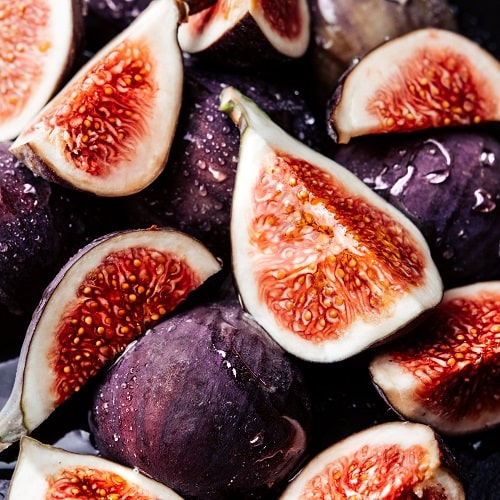
Raw figs can contain 2% of the RDI, oranges contain 5-7% of the RDI, and blackcurrants, raspberries, and blackberries all contain around 7% of the RDI per cup.
As well as calcium these types of fruit are also high in fiber, vitamin C, and plenty of other minerals and nutrients.
#9. Food & Drinks With Fortifications
Some food and drink will have calcium added to them as they are manufactured. Yogurts and some cereals are known for this, as are bread, tortillas, and some crackers.
There are fortified drinks like plant milk or orange juice which can also help you ingest more calcium into your diet as well.
A single cup of plant milk that has been fortified will usually give you 30% of the RDI. whereas a cup of orange juice, fortified, will cover 50% of the RDI.
Soy milk is especially good as it will not only contains calcium but also has the same amount of protein as cow’s milk.
#10. Molasses (Blackstrap)
Finally, there are blackstrap molasses which is a sweetener. It comes from sugar bone boiled three times over. It is unlike sugar in that it contains minerals and vitamins, as well as 18% of the RDI for calcium.
In a single tablespoon of blackstrap molasses, you can find 5-15% of the RDI for selenium, magnesium, iron, vitamin B6, and manganese. However, it is high in sugar as well.
#11. Supplements
Calcium supplements are another way vegans can get calcium into their diets. Their amounts can vary depending on the supplement, but some can be high such as this supplement on Amazon.com.
This supplement contains 600 mg of Calcium and comes from algae. It also contains vitamins K2 and D3, which can help support the health of your bones.
FAQs:
Do Vegans Have Calcium Deficiency?
Research has shown that some vegans do have a lower intake of vitamin D and calcium than non-vegans. It can create lower bone mineral density and a high fracture risk. Being aware of this can help prevent deficiencies.
What Foods Block Calcium Absorption?
Foods high in oxalates such as spinach will block your body from absorbing calcium as well as it should. Beet greens, beats, and rhubarb are also known for this.
Are Bananas Full Of Calcium?
Bananas do not contain much calcium at all, however, they are much higher in FOD, which can help to improve the gut microbiome, and enhances the body’s absorption of calcium.

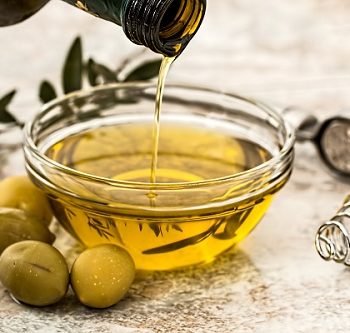
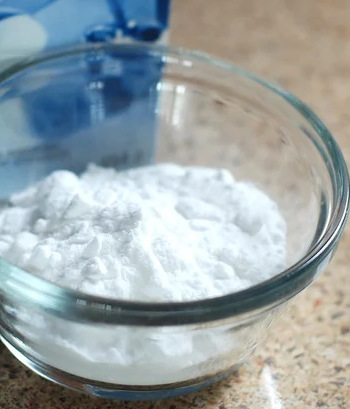
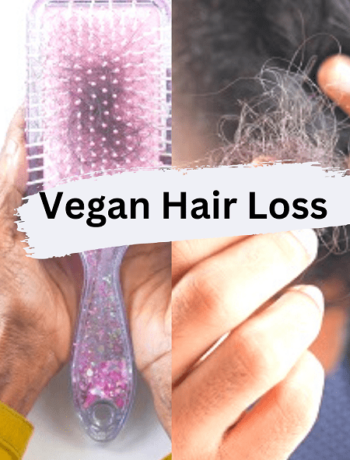
No Comments